I gave a talk at Bethel Temple in Longview, Texas today. It was a largely black, Protestant church; as you can imagine, there was a lot of very vocal Jesus-praising going on. Maybe it was my years of parochial school, but I feel worship services should be more reserved. Of course, I’ve also had a crisis of faith since then, so I’m sure all religious services make me slightly uncomfortable. Still, I believe that the message I have for them — that an economic crisis is unfolding and these people need to make themselves ready — is one that transcends religion. At no time do I hold, or have I ever, held myself out to anyone as an authority on spiritual matters. I’m here to talk about the economy, and I’ve found that Christian audiences are very receptive.
A touchstone I return to is one borrowed from Bill Bonner: capitalism, at its core, rewards virtue and that to prosper in a such a system, we need to be industrious and thrifty. I then point to fact that we, as a nation, have been gluttonous and foolish in terms of how we’ve conducted ourselves, and the economic crisis we’re facing is merely a consequence of that conduct. When speaking to a Christian audience, I term it as we’ve violated Biblical principles, since the following can be found in the Bible:
- Proverbs 23:21: “for drunkards and gluttons become poor, and drowsiness clothes then in rags.”
- Proverbs 22:7: “the rich rule over the poor and the borrower is servant to the lender.”
So, just going off of these verses from the book of Proverbs, the Bible seems to pretty clearly state that being thrifty and industrious will lead to prosperity, whereas the reverse will lead to ruin. Add to that the parable of the talents from the book of Matthew, the Bible is telling us that, were we to want to acquire wealth, we need to work hard, save money, and invest it well.
It’s hard to find verses in the Bible that relate to investing much at all, because a lot of the Bible — the New Testament in particular — are about giving up worldly goods and embracing eternal life. Still, Bible verses make the rest of the message more receptive.
Coincidentally, in doing Internet searches for silver, I found Jason Hommel’s website. He has a section dedicated to “Biblical Capitalism” because “it’s what Jesus would do.” In reading the website, he seems to firmly have this conviction with the appropriate uses of “The Lord Jesus Christ” in his speech. In comparison, I feel my discussion of the Bible verses in favor of working and saving far more genuine.
I always get a strong reaction from Christian audiences. This time I talked about the structure of the US economy in terms of four major players:
- the government that taxes and borrows money and spends it
- the consumers who earn and borrow money and spend it
- the bankers who creates the money for the other two
- and foreign lenders who keep the whole system from collapsing by continuing to lend us money and honor the US Dollar
I told the congregation that the United States transformed itself from a production-based economy to a consumption-based one; that we tried to replace the real wealth acquired by producing and exporting goods with the fake semblance of wealth provided by the printing press. Furthermore, I told them, that what we were now witnessing was not a recession that would subside, but rather a death. We were witnessing the death of the financial system that we had set into motion decades ago.
All in all, I found it a receptive audience. I have been asked back and now have a line on speaking at another church. I am realizing that I need to branch out to speak to other communities, so that’s my next step. As I recently passed the Series 65 exam, and will soon pass the Series 63, I’ll be allowed to call myself a Financial Adviser, and start taking on clients seeking investment advice. I figure, this is one of the better (and cheaper) ways to start building a client base.

